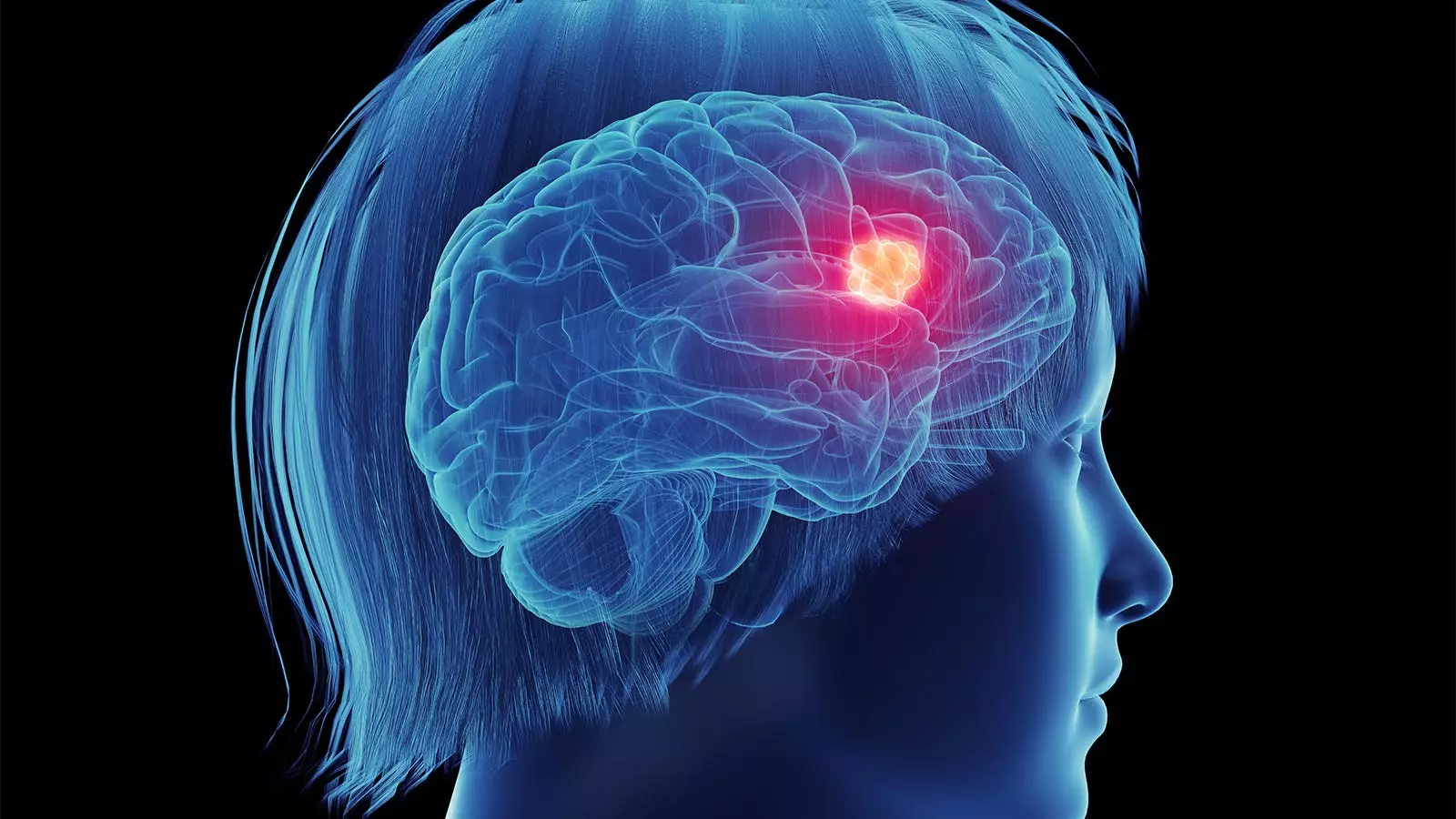The relationship between postmenopausal hormone therapy (HT) and glioma risk has been the subject of numerous studies, generating ongoing debate within the scientific community. A recent large retrospective analysis involving over 75,000 women yielded crucial insights, revealing that hormone therapy did not significantly elevate the risk of glioma. However, even while this finding presents clarity regarding hormone therapy’s direct implications, it leaves many questions unanswered, particularly surrounding the sex disparity in glioma incidence.
Conducted by Hui Tang, MD, and colleagues from North Sichuan Medical College, this investigation aimed to explore the nuances of hormone therapy’s impact on glioma risk. While the study uncovered a possible 16% increase in glioma hazard ratio among women with a history of hormone therapy, this figure did not attain statistical significance. Furthermore, detailed observations concerning current versus former HT use and varied durations of therapy did not establish any meaningful associations either.
The study meticulously highlighted a unique occurrence: a suggestive positive association between HT use and glioma risk was noted specifically among college-educated women. However, this association fell short of statistical significance, indicating potential limitations in interpretation. This output underscores a prevalent phenomenon in medical research; results can vary significantly based on demographic factors, and here, education played a potential yet imperfect role.
The authors acknowledged the existence of contradicting findings across previous studies, which complicates the broader understanding of the relationship. For instance, retrospective case-control studies indicated an inverse association between HT and glioma, suggesting a protective effect, while prospective studies offered a different perspective with no significant correlation. This dichotomy in results raises pressing questions about methodological differences, including recall bias—where participants may not accurately remember their HT usage—and discrepancies in categorizing HT components in earlier studies.
Concluding their findings, Tang and his team stressed the need for further investigations with larger sample sizes and extensive follow-up periods to clarify the relationship between hormone therapy and glioma risk. They emphasized the importance of differentiating between the specific components of hormone therapy, as these could significantly alter risk profiles.
This call for additional research resonates with insights from Dr. Stephanie Faubion of the Mayo Clinic, who expressed skepticism about obtaining new revelations from ongoing investigations into hormone therapy’s role in glioma risk due to the rarity of these tumors. Faubion proposed shifting the research focus towards more prevalent conditions such as meningiomas, which disproportionately affect women and remain less explored concerning hormone therapies.
The Broader Context of Sex-Based Differences
The analysis also surfaces vital considerations regarding sex-based differences in health outcomes. Faubion’s remarks illuminate a crucial perspective in medical research: understanding conditions that exhibit gender disparities, such as gliomas or migraines, can yield insights applicable to a broader population. It prompts the question: What are the underlying biological, environmental, or lifestyle factors contributing to these disparities?
Such inquiries must transcend a one-dimensional understanding limited to hormones like estrogen. Instead, a comprehensive evaluation of various contributing factors is essential to elucidate why certain conditions manifest more frequently in one sex over another. This holistic approach could unveil essential knowledge that informs not only treatment strategies but also preventative measures across genders.
The relationship between postmenopausal hormone therapy and glioma risk presents an intriguing yet complex landscape that remains insufficiently explored. Despite the findings of a significant study led by Hui Tang and colleagues indicating no direct association, lingering questions about sex disparities and the effects of hormonal therapy persist. The scientific community must heed the call for further exploration into these associations, particularly focusing on more common conditions, while also acknowledging the multifaceted nature of sex-based health outcomes. Understanding these differences is paramount; by unraveling the intricacies of these disparities, healthcare can evolve to better serve all populations and identify effective strategies for prevention and treatment.
Existing data indicates an intricate interplay of factors influencing glioma risk, the implications of which extend beyond immediate treatment considerations to a deeper understanding of women’s health issues at large. Thus, the continued pursuit of clarity within this domain remains not just an academic exercise, but a critical venture into enhancing women’s health and wellbeing.


Leave a Reply